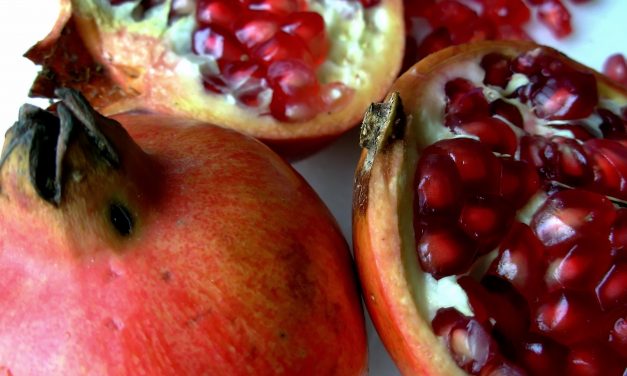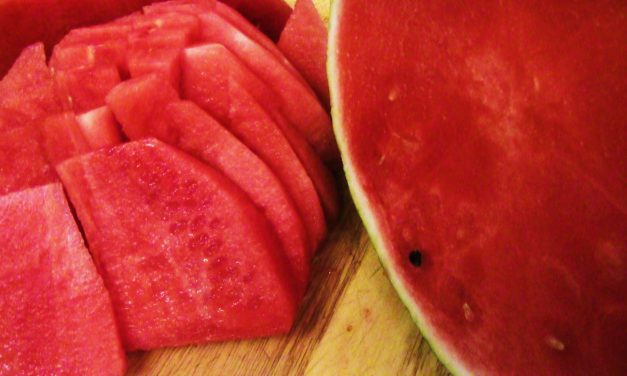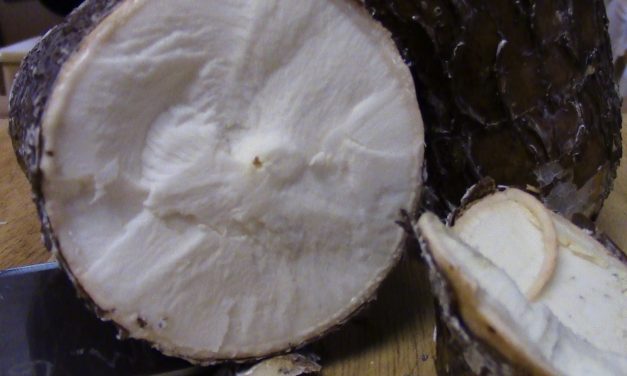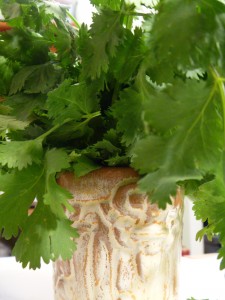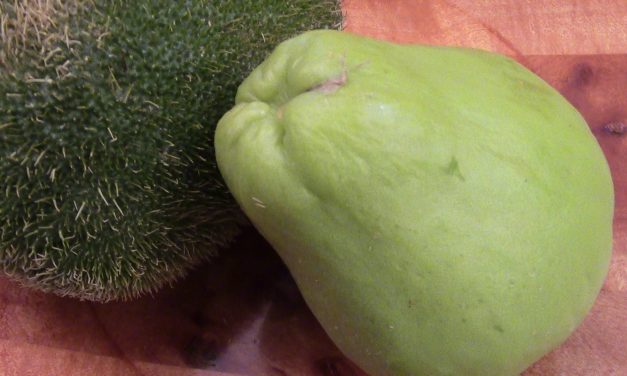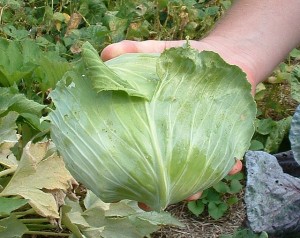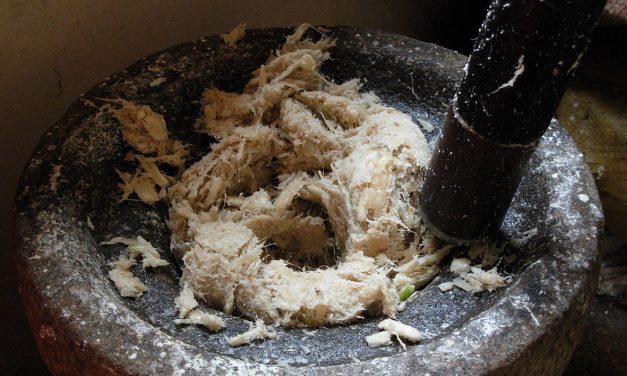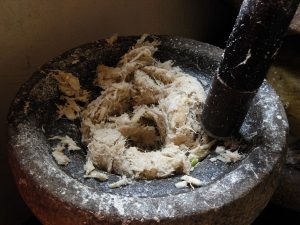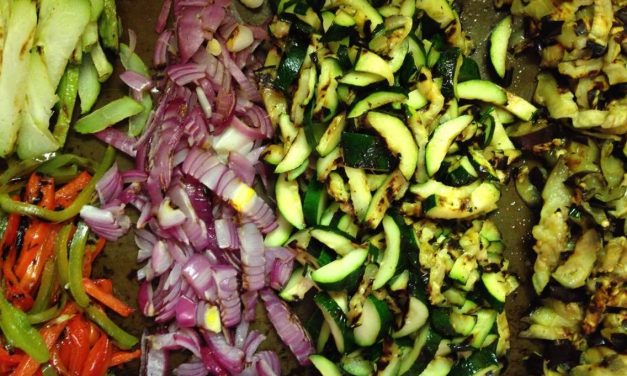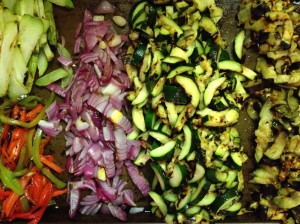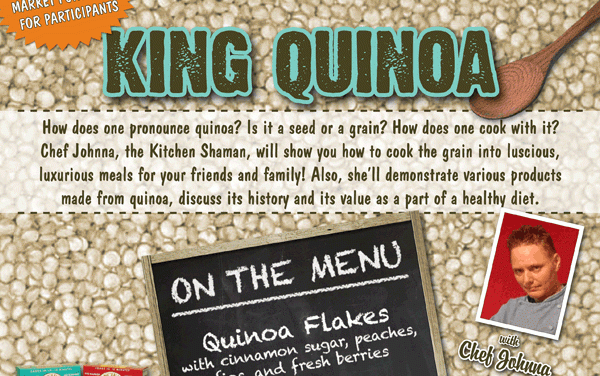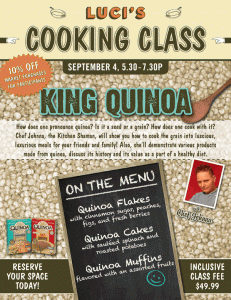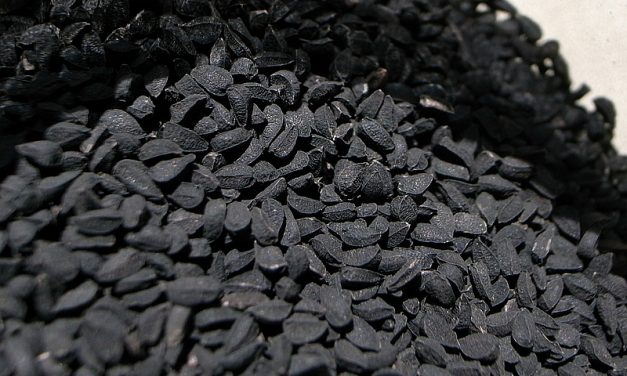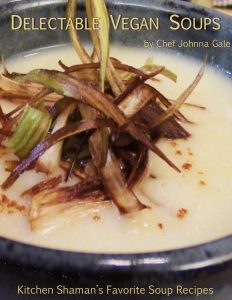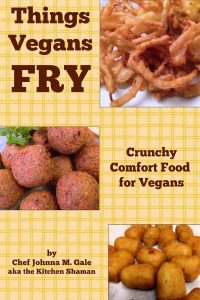Pomegranates: Food of the Gods and Mere Mortals
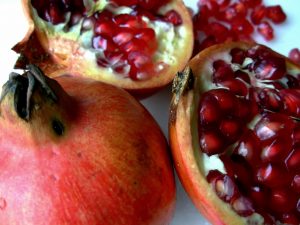 November is National Pomegranate month, so before the month ends, I wanted to write a little about the history and uses of this many-seeded, delectable fruit.
November is National Pomegranate month, so before the month ends, I wanted to write a little about the history and uses of this many-seeded, delectable fruit.
Growing up in Arizona, pomegranates were one of the joys of winter season. They were prolific here in the Southwest. My dad was a gardener and worked where there were many pomegranates. He would bring them home during season for us to eat. I loved cracking them open and just picking out the seeds one by one. Some people like to pop them out into a bowl. Not me. The challenge was how to get the seed out of the pocket with the juice intact.

